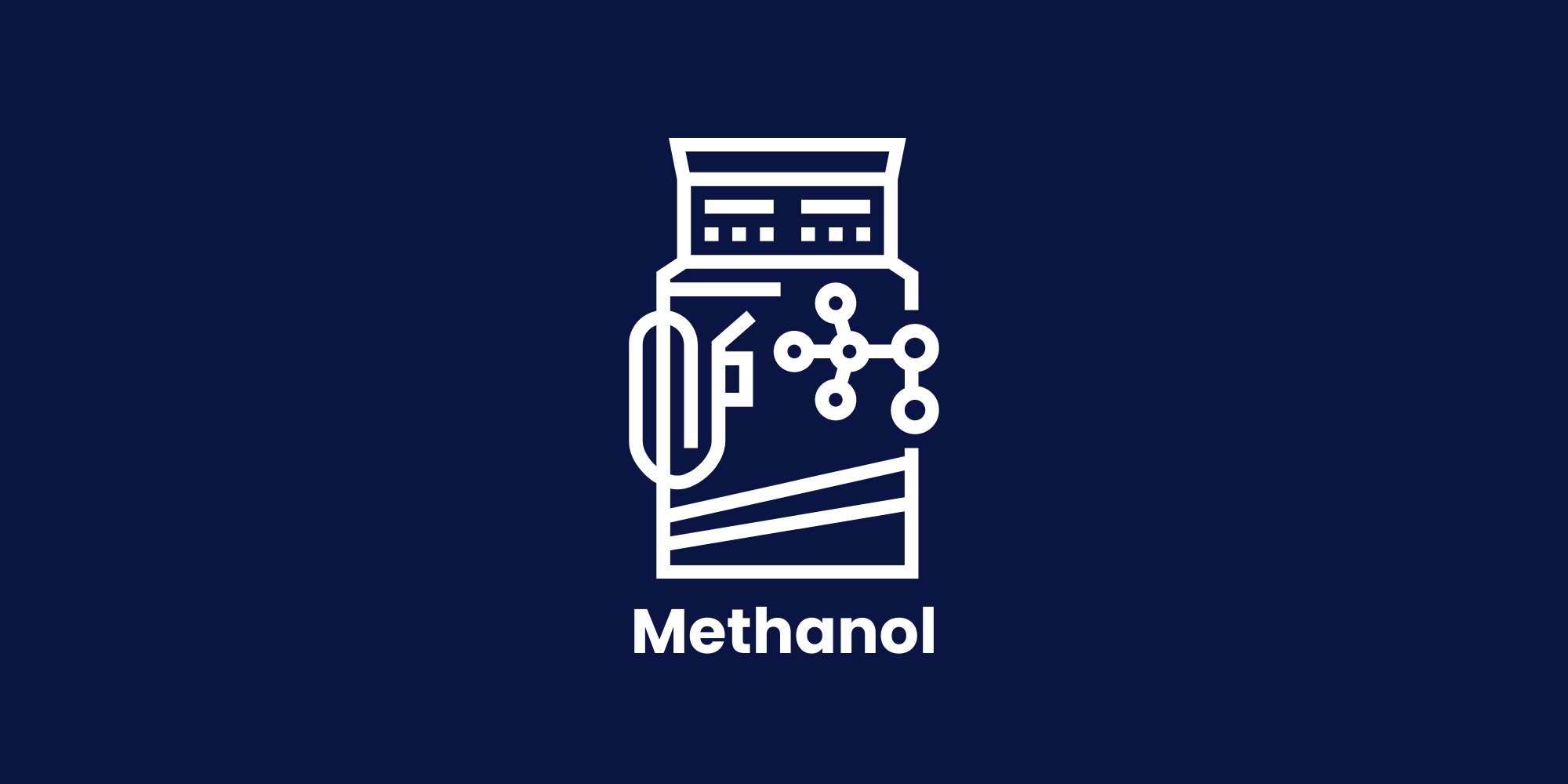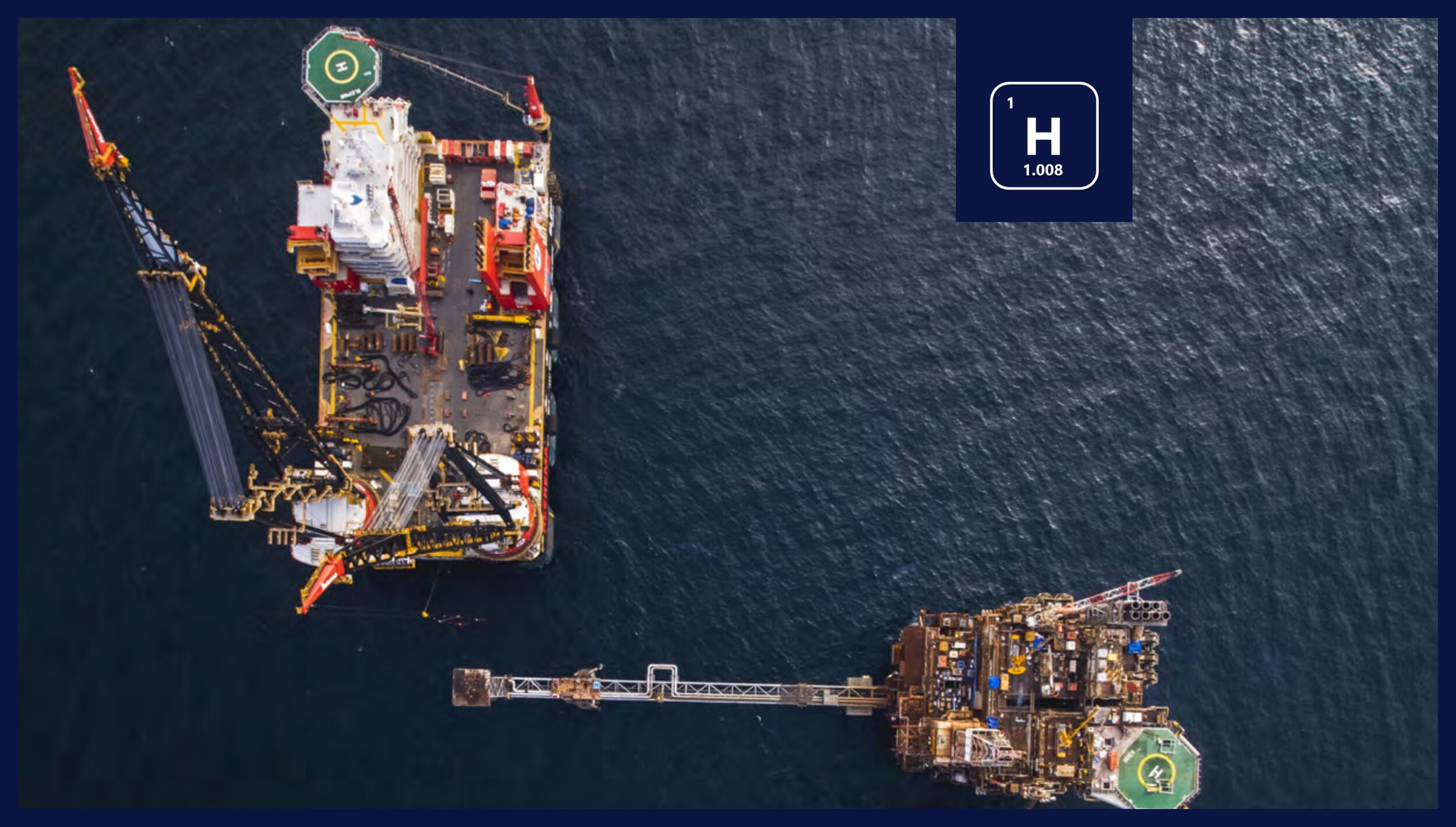Stories
Inspiring examples on maritime sustainability for shipowners and technology suppliers
FCWave - 200 kW Hydrogen Fuel Cell
As the world’s first type approved module for marine applications, FCwaveTM uses proven technology from Ballard's heavy duty module platform to deliver reliable performance, high power density and favorable economics.
Smart Vessel Optimizer with Bram van den Boom
Join Bram van den Boom as we learn the benefits of using Smart Vessel Optimizer, an analytics tool that offers performance dashboards to increase operational efficiency. No need to change your systems; it makes use of already existing but many times unused signals installed on board. The more vessels that you have connected, the better your insights.
Decarbonizer Tutorial
This tutorial will show you how to use the Decarbonizer in order to get a personalized roadmap to decarbonize your vessel. In just a few clicks, you receive freely available insights into which carbon reduction measures are best suited for your vessel.
Hullvane with Bruno Bouckaert
Join Bruno Bouckaert as we discuss 'Hull Vane', an energy saving device for medium-speed and fast displacement vessels. These include superyachts, naval ships, patrol vessels, offshore vessels, ferries, roro vessels and expedition cruise vessels. Full scale trials show confirmed savings of 5-25% on suitable ships.
Methanol as clean fuel
Learn about methanol, the simplest alcohol in the universe which has the highest hydrogen to carbon ratio of any liquid fuel under ambient atmospheric conditions. It can reduce SOx emission by 99%, NOx by 60% and PM by 95%.
Hull Vane – the solution to improve ships' efficiency, performance and seakeeping
The patented Hull Vane® is a proven energy-saving and seakeeping device to achieve the highest level of performance on intermediate-speed vessels. The Hull Vane® consists of a transom-mounted submerged wing - or hydrofoil -, which converts energy of the stern wave into forward thrust. It reduces fuel consumption between 5-25%, emissions, powering requirements, noise and motions in waves.
Ecospeed with Martijn van Ruiten
Join Martijn van Ruiten as we discuss Ecospeed, a proven, non-toxic, cost-effective alternative technology for underwater ship hull protection and biofouling control. It can save up to 10-25% of fuel consumption and emissions, some specific cases even claim a reduction as high as 40% or more.
Specific Fuel Consumption [g/kWh] for Marine Engines
Specific Fuel Consumption (SFC) of marine engines ranges between 155 and 200 g/kWh on optimal load settings, mostly dependent on engine speed (low, medium, high). Specific fuel consumption increases dramatically for approach at low power (30% Pmax) and especially at idle (7% Pmax).
Overview of CO2 Rules and Regulations for Maritime Industry 2022
Almost all rules and regulations apply to large ships of 5.000 gross tonnage or more and will only start to significantly impact your operations and OPEX as per 2026. While some vessels remain exempt, it is to be expected all vessels will be subjected to severe carbon reduction requirements that will significantly impact operations and easily double operational costs of measures are not taken in time.
Fuel EU with Poul Woodall
Join Poul Woodall as we discuss the challenges of the upcoming Fuel EU regulations. It is one of the most stringent upcoming rules and regulations in terms of emissions for the shipping industry.
What is the carbon footprint of steel?
Weighted average carbon footprint of steel is 1.85* tons CO2 to 1 tonne steel produced according to Mckinsey and the World Steel Association.
Battery for inland vessels
In February 2022, Skoon placed a battery system on Noordereiland for the Port of Rotterdam to boost shore power for stationary inland vessels. Addressing power shortfalls, the battery supported shore power cabinets, successfully delivering up to 63A without tripping fuses, benefiting both vessels and residents. This solution also enabled supplying power to larger ships, aligning with sustainability goals and showcasing potential expansion across the city center.
Inside The World's First Electric Cargo Ship - Yara Birkeland
Dubbed ‘the Tesla of the seas’ this fully-electrified, fully-autonomous cargo ship is already making waves. The Yara Birkeland has a 7MWh battery, charged by Norwegian hydro power. She can carry a little over 100 containers. The ship cost about 25 million dollars, about three times a “conventional ship price”, but will nonetheless cut OPEX for Yara by 90%.
US calls for shipping to have zero emissions by 2050
The US wants the global shipping industry to reduce its CO2 emissions to zero by 2050. That target is considerably more ambitious than that of the IMO, which is to reduce CO2 emissions by at least half by 2050.
Meet Flind
Flind is a dashboard that gives you insights on your vessel’s energy consumption and emissions. For free.
What is carbon insetting?
Reducing carbon emissions in the shipping sector can be hard and expensive. Carbon insetting is a way to compensate for emissions that you are unable to mitigate within your normal operations - or are too costly to mitigate - but can be mitigated at other places in your fleet or the sector. Carbon insetting is simple, scalable and perhaps most importantly: almost all vessels can do it without the need for retrofitting or upfront investment costs.
Hydrogen Powered Propulsion for an Offshore Crane Vessel
This thesis performs a technical, economical and environmental feasibility study of three dense hydrogen carriers as a fuel to power the largest semi-submersible offshore crane vessel in the world – Heerema’s Sleipnir.
Get Ready for the Alfa Lift, an Electric-Hybrid Heavy Lift Crane Vessel
The Alfa Lift, a new build heavy lift crane vessel owned by Offshore Heavy Transport, is on track to enter service by early 2022. The vessel features a 3,000 ton main crane, 10,000+ m² smart deck which can be fully submerged to a depth of 15 meters and a electric-hybrid battery system made by Kongsberg.
Thailand builds a massive floating hydro-solar farm
Thailand is close to completing one the world's biggest hydro-floating solar hybrid farms on the surface of a dam, part of steps towards boosting renewable energy production after years of criticism for reliance on fossil fuels.
How to build a green hydrogen refinery for the maritime industry in Rotterdam
Over 20% of all Dutch emissions are coming from the Port of Rotterdam, of which the production of grey hydrogen from fossil feedstock is one of the main culprits. This article explores what is needed to build a green hydrogen refinery. It provides an overview of the existing fossil infrastructure and fuel consumption, which technologies are required to transform, how much it would cost and who are actually working on it.








![Specific Fuel Consumption [g/kWh] for Marine Engines](https://images.squarespace-cdn.com/content/v1/6155b5bdada6ea1708c2c74d/1648964928391-9V8YI4YWZV9U4JN69S8N/SFC.png)











